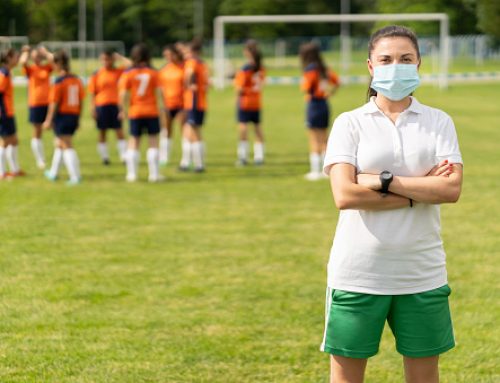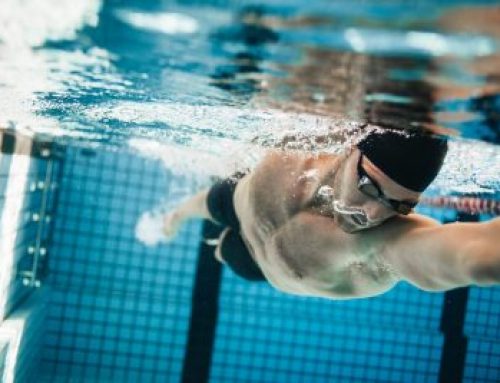Recently, I asked Tory Tolson for a quick breakdown of the phases of training so I could better understand our both out process and our desired outcomes and goals. Here’s what he had to say…
Phase 1
He said that typically “Phase 1” would be ‘Corrective Exercise’ where we work to improve individual-specific muscular imbalances that are evaluated in movement analysis; this isolates out weaknesses and strengths an individual has and re-educates the neuromuscular system to move more correctly. All with the goal to reduce pain and injury while improving movement efficiency and performance. The process I described in my blog “Re-becoming an Athlete,” when I was working with my physical therapist Dr. Kim Shemer Kurtzman and then trainer Ryan Morrissey. (Mind you, Ryan certainly does a lot more than fixing broken people…. He helps elite athletes and others to reach new heights).
Tory explained that in our “Class Phase 1,” we worked on “Stabilization & Muscular Endurance,” to build more optimal posture, movement patterns, and improved stabilization capacity for muscles, joints, and connective tissues to prepare for higher loads and training volumes. According to Tory, “Muscles and associated mechanisms specifically used for stability should ideally have great endurance to outlast the bigger, stronger muscles that control bigger movements. That way we won’t break down as easily when training harder in next phases.” Volume considerations play into each phase of training. In our Class Phase 1, we did lower resistance, higher repetitions, and very short rest periods.
Phase 2
Then in “Phase 2,” we are working on “Hypertrophy.” (I thought Psychology was all about big words). Hypertrophy is simply muscle building. In this phase, the goal is to increase muscle mass in muscles specific to functional movement patterns that we can use in our lives. Tory says that building muscle helps to increase our overall strength, improve body composition and metabolic rate, while also reducing risk of disease and conditions like osteoporosis or low bone mineral density. This also prepares us for the next phase of the heaviest resistance as well as faster movements. During Phase 2, we’re using moderate resistance, moderate to higher repetitions, and shorter rest periods.
Phase 3
And in “Phase 3,” we’re centered on Strength & Power. By strength, Tory means “our overall capacity to lift something or move something very heavy.” Power is ‘strength speed’ and involves a maximal speed contraction, like throwing, catching, landing, or jumping, and is considered the most functional speed to train. Once we have great stability, endurance, and a foundation of muscle bulk (relative to the individual), we are ready for more maximum effort strength and power training. This makes life easier! Picking up something heavy (like your kid), jumping up a big step, throwing a ball, jumping out of the way of danger, shoveling snow, or throwing something over your shoulder (like me in the picture above…. I’m lying, this picture is Ryan Morrissey). In this phase, volume is heavy resistance, with low to moderate repetitions, and long rest periods.
One thing that has struck me as I’ve delved back into physical training, are the parallels with mental training; both can be approached systematically, and with continual re-assessment, you do repetitions with what is most needed at a given point in time.
As Tory explained with physical training, after a predetermined time spent in each phase (typically 2-8 weeks) and when improvements are evident, you progress. So then we’re all done, right? “Nope,” says Tory, “when you finish all phases, you cycle back through and make incremental increases in resistance, intensity, and complexity of movement patterns, more so than the first time through the phases.” At least he (and the other PEAK trainers) keeps it fun as we cycle back through!!!







Leave a Reply